With a high likelihood, between end-2022 and start-2023, the Unified Patent Court Agreement (hereinafter, for short, “UPCA”) will enter into force and, along with it, the European patent with unitary effect and the Unified Patent Court (UPC) will become operational.
With the entry into force of the UPCA, the proprietor of a granted European patent will have the opportunity to file a “request for unitary effect” at the European Patent Office (EPO), within one month from the date of grant, to obtain a European patent with unitary effect (hereafter, “Unitary Patent”) in countries of the European Union (EU) that are Member States of the UPCA. There are currently 17 countries that have entered the new system out of 24 Member States: Austria, Belgium, Bulgaria, Germany, Denmark, Estonia, Finland, France, Italy, Latvia, Lithuania, Luxembourg, Malta, The Netherlands, Portugal, Slovenia and Sweden. The remaining Member States have agreed to take part to the UPCA but, as of now, have not ratified it. Spain and Croatia, on the other hand, did not join the system. United Kingdom withdrew its ratification as a result of Brexit.
The request for unitary effect, through the payment of one single renewal fee per year to the EPO, will provide a single patent right across all participating Member States. In view of the fact that the Contracting States designated with the filing of a European patent application are currently 38 and include countries which are not part of the EU, such as UK, Turkey, and Norway, or which have not ratified the agreement, the Unitary Patent will not be able to replace the validation procedures of a granted European patent. Rather, the patent protection of the Unitary Patent can be combined with the existing protection offered by national validations.
Subsequent to the grant, it will be possible to choose an alternative path in which the European patent follows a “classical” validation procedure, that is, by validating the patent in the individual EPO Contracting States of interest, whether they are or not countries bound to the UPCA.
In general, the decision between a Unitary Patent and a bundle of national patents for the UPCA Member States may be based on costs, proprietor’s or competitors’ markets, or on additional factors such as an interest of the owner in reconsidering over time the maintenance of the patent only in certain countries (the latter option is not available with a Unitary Patent). More importantly, the decision will have a significant impact on possible patent litigation, right from the time of entry into force of the UPCA, as described below.
Competence over European patents
The Unitary Patent will be enforced or defended in litigation as a single title. The UPC will have exclusive competence over Unitary Patents within the entire territory of the UPCA countries for legal actions, including infringement, revocation, damages, provisional and protective measures and injunctions. For example, with a single patent revocation action, the patent owner can lose all rights within the entire territory covered by the Unitary Patent.
The UPC will have jurisdiction not only over actions concerning the Unitary Patent, but also over litigation concerning “classic” European patents still existing on the date of entry into force of the UPCA or granted after that date, as well as on European patent applications.
In order to lessen a potential risk for the patent owner of being subjected to a “central” action against his patent in a very new system, the UPCA provides that, during a seven-year transitional period (possibly extendable by an additional seven year period), “classic” EP patents validated in individual countries that take part of the new system can fall under the competence of either the UPC or the national courts. The owner of a “classic” patent will have then the option of choosing not to fall under the jurisdiction of the UPC by filing an opt-out request so as to remove the patent from the system.
“Opt-out” request and “Sunrise period”
During the aforementioned transition period, the request is possible unless an action has already been brought before the UPC. In practice, to avoid the risk of getting involved in a litigation before the UPC, it is advisable to opt-out without delay the “classic” EP patents that the patent owner does not wish to keep under the competence of the new Court.
An opt-out request can subsequently be withdrawn, provided there are no pending proceedings before a national court. For example, the owner of a European patent wants to sue an alleged infringer with a single proceeding.
The withdrawal of the opt-out request is final and a second opt-out cannot be requested.
Once the transition period is over, the UPC will have jurisdiction over all European patents and applications. Only national patents that have been granted by national offices will remain excluded. However, once registered, the opt-out of a “classic” European patent is valid for its entire life, even after the end of the transition period. In particular, once that period has ended, the opt-out will become final.
The opt-out procedure will be possible from the so-called “Sunrise period” i.e., three months before the entry into force of the Agreement, in order to allow opt-out requests to be made in time.
We will keep you informed on the progress concerning the entry into force of the Unitary Patent Court Agreement.
